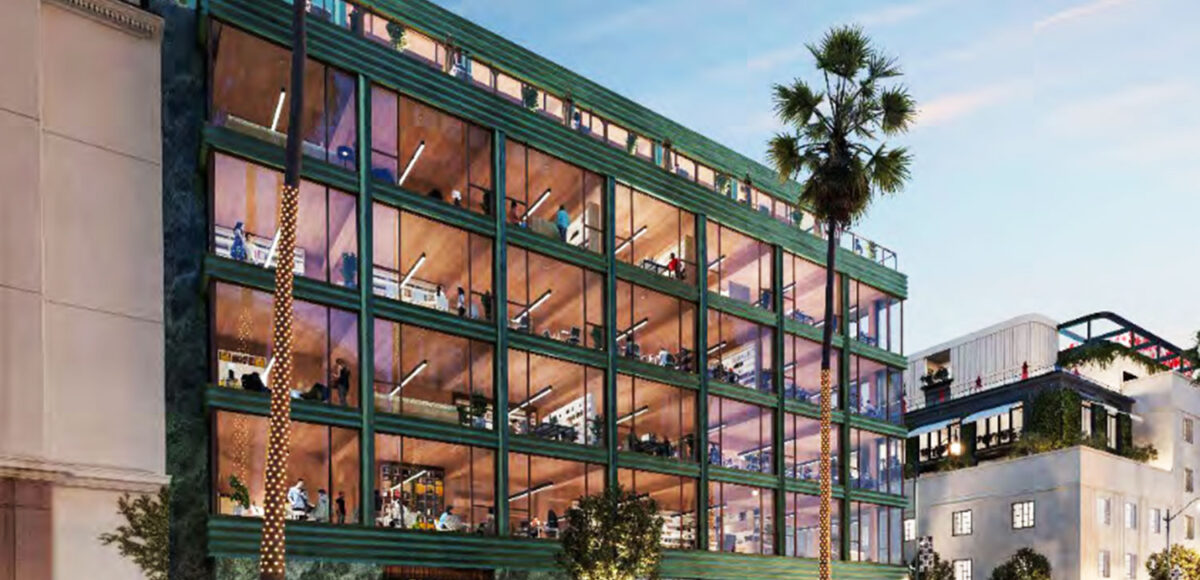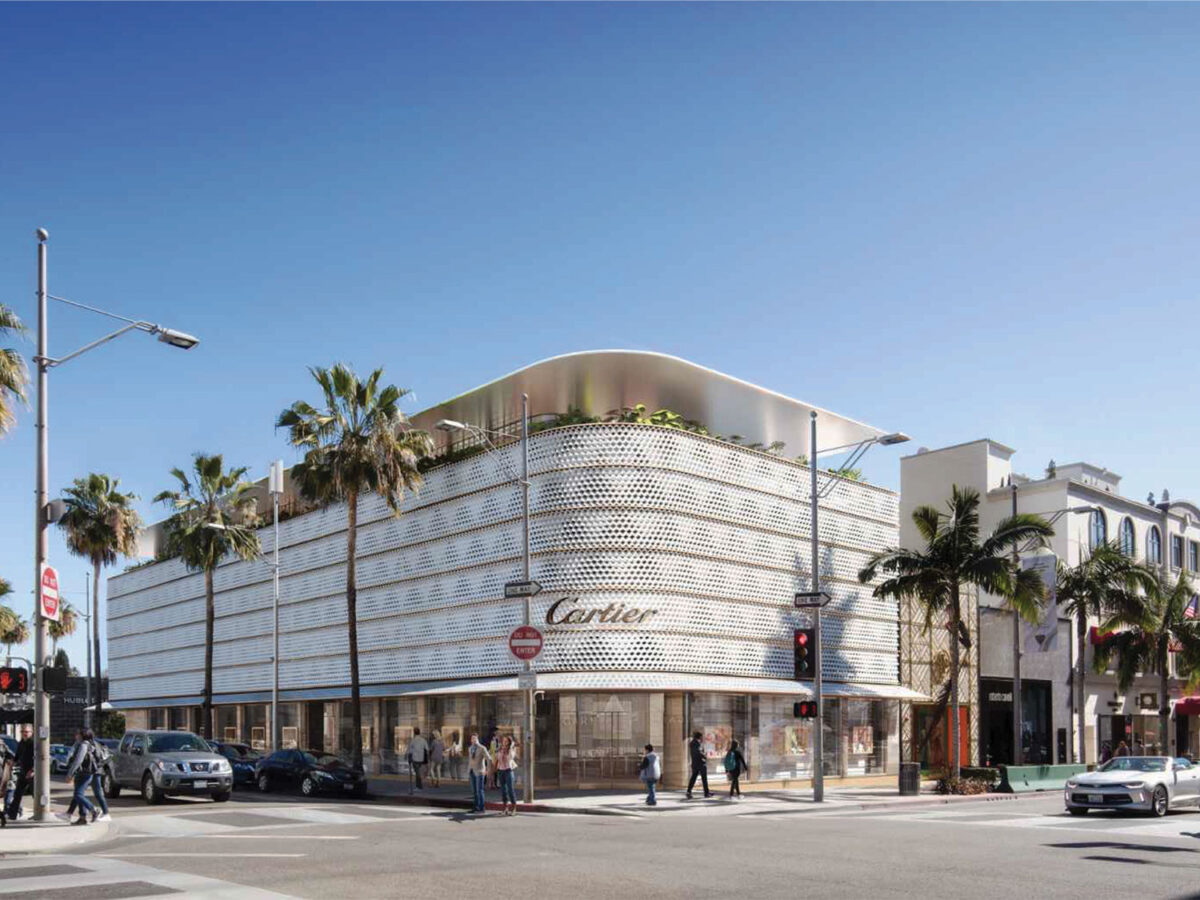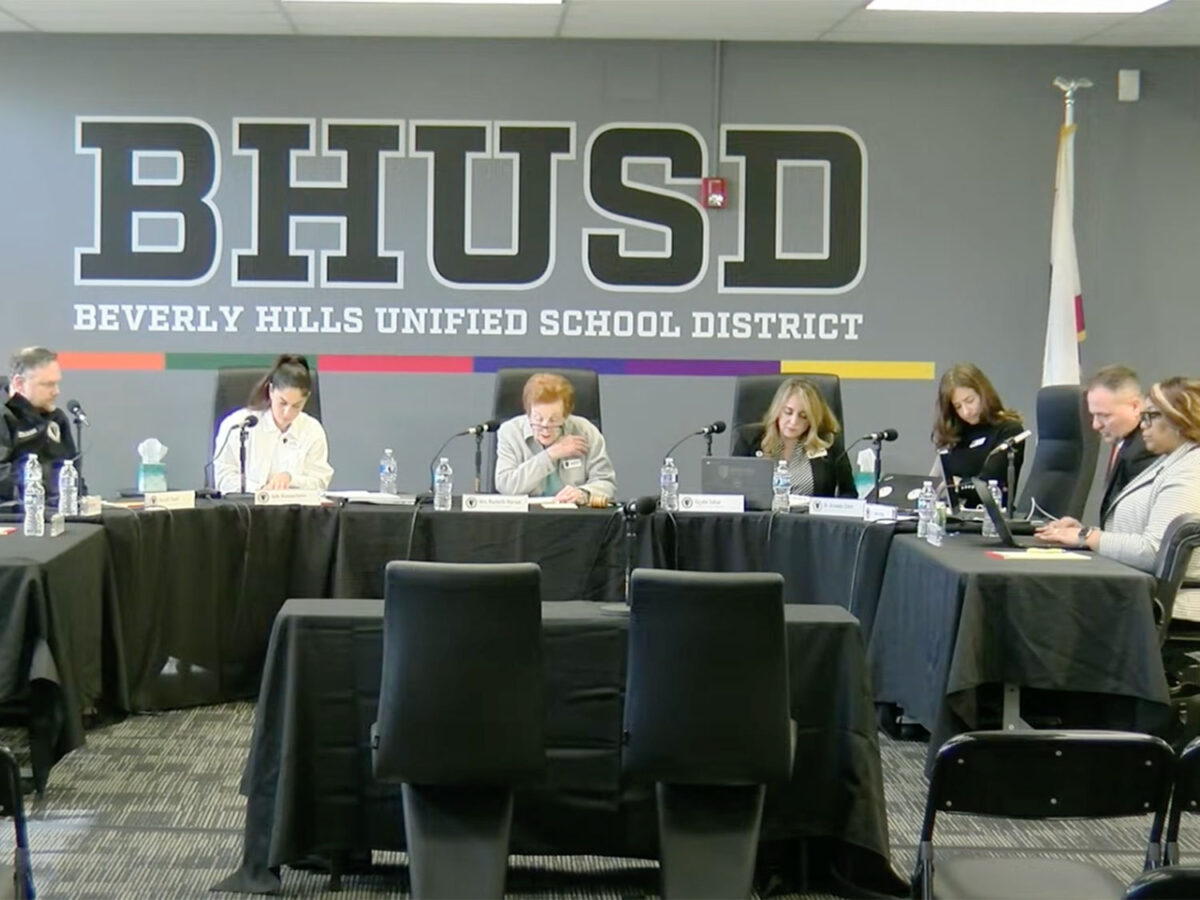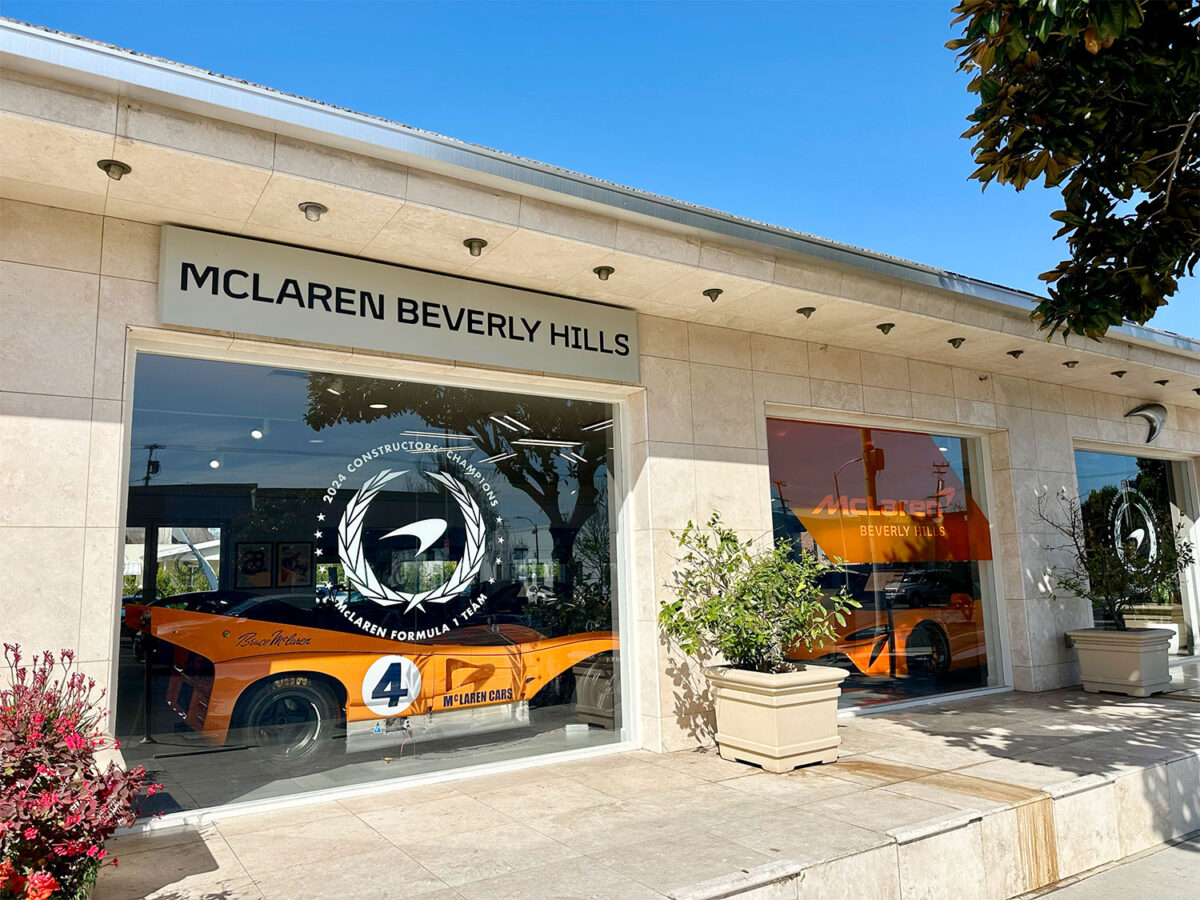On April 25, the Planning Commission convened a special meeting to review the Draft Environmental Impact Report (DEIR) of the proposed mixed-use development at 9600 Wilshire Blvd., drawing impassioned comments from more than a dozen community members, preservationists, hospitality professionals and labor representatives.
If approved, the proposal would rehabilitate the Saks Fifth Avenue Women’s Building and transform a currently used office building and an adjacent vacant lot into a massive development containing residential, retail, commercial and hotel properties split into two districts.
According to a staff report, the Wilshire Boulevard District would contain most of the retail, recreational and commercial amenities–including a boutique hotel, social club and restaurant—while the Neighborhood District south of Wilshire would feature multi-family residences, small boutiques and shops and publicly accessible open space.
Doug Adams, senior vice president of HBC, added that the 642,000 square-foot development would include no more than 70 residential units, and would be serviced by an underground parking garage with 937 spaces.
“Saks Fifth Avenue has been here for 86 years. It’s part of the fabric of Beverly Hills. It’s part of the fabric of Wilshire Boulevard,” Adams said. “Our commitment to being a good neighbor is real. We feel this report reflects efforts that we’ve made to date, working with our professionals and with the city to try to minimize impacts on the community.”
Ryan Luckert, a representative from Rincon Consultants, the firm that prepared the DEIR, said the report addresses 13 potentially significant environmental impacts including air quality, biological and cultural resources, greenhouse gas emissions and population and housing.
Luckert said that most of these impacts would be minimal and noted several proposed mitigation measures. Though he noted that construction would likely cause traffic delays and lane closures that “could result in potential significant impacts related to emergency response and evacuation,” a transportation management plan could address these concerns.
Even with mitigation efforts, there would still be “a significant unavoidable impact” on noise in the neighborhood, Luckert added.
Some neighbors, however, thought the report had downplayed the project’s effect on their quality of life.
“We are frankly floored … that out of [all] environmental findings, this DEIR finds only one to be significant, and even that was deemed to be unavoidable,” Southwest Beverly Hills Homeowners Association President Ken Goldman said.
David Gottlieb, who lives on the 200 block of South Peck Drive, said his neighborhood could not handle one more square foot of development.
“The southwest is under siege,” Gottlieb said. “It’s under siege now.”
Though Luckert presented six alternative proposals–including that there be no new development or that the developers reduce the project’s density–Gottlieb provided another that he said was better.
“How about building it to by right,” Gottlieb said. “Three stories, 45 feet, what they’re allowed to do.”
James Bryan, a researcher with Unite Here Local 11, the labor union that helped defeat the proposed Cheval Blanc development last year, said the union supported the historic preservation of the Saks building but was concerned that the project does not include any affordable units or a recycling program, and that the DEIR does not include a vehicle miles traveled analysis.
Other community members, however, showed up to support the project.
Wendy Nystrom, who lives on the 100 block of South Camden Drive and is the Public Works Commission Vice Chairperson, said that she wanted to hate the project but came to love it after meeting with the architect.
“I walked in with every reason possible to say I do not want this. But then I saw the rendition and I loved it. I loved how they had the cobblestone roads. I loved how they had the greenery,” Nystrom said. “I realized I was in love with a parking lot. We had a parking lot behind us, and I’m so used to seeing that that I didn’t want change.”
LA Conservancy President and CEO Adrian Scott Fine commended the planned adaptive reuse of the historic Saks building and said the project team has met with the conservancy to ensure they adhere to preservation standards.
“We’re very encouraged by what we’re seeing in terms of the adaptive reuse of this historic building that is definitely in need,” Fine said.
The meeting came in the middle of a 45-day public comment period under the Draft EIR process, and once the public review period concludes staff will prepare a final EIR that includes the comments received, Senior Planner Alvaro Gomez said.
Once the final report is published, staff will hold subsequent meetings to discuss the project merits and requested entitlements, and the Planning Commission will make a recommendation on the entitlements before the City Council makes a final decision, Gomez said. Residents will be able to give their input at all future meetings, he added.
To view the DEIR visit beverlyhills.org/environmental.
The public comment period ends May 20, and residents can submit a comment by emailing Gomez at agomez@beverlyhills.org.







